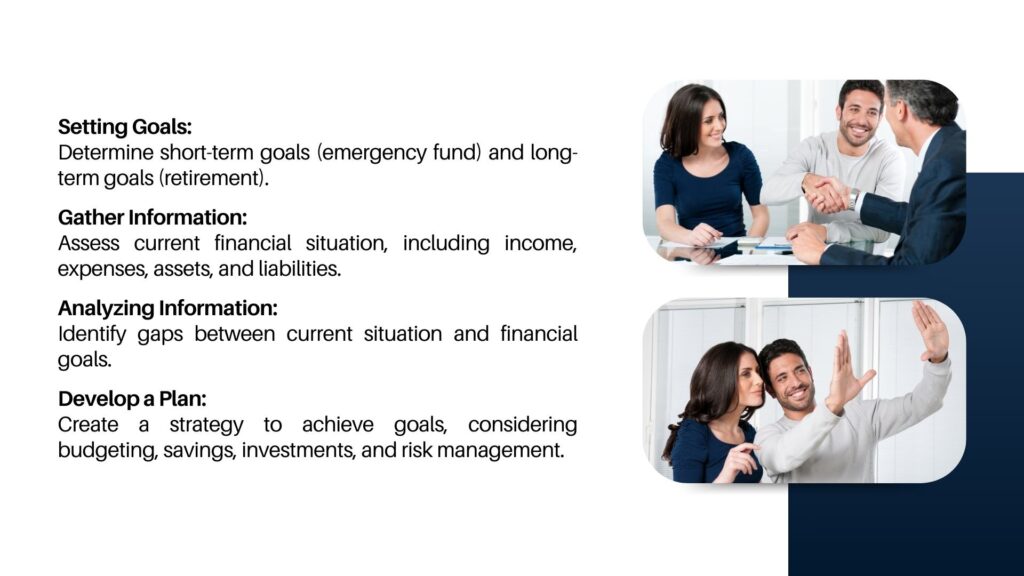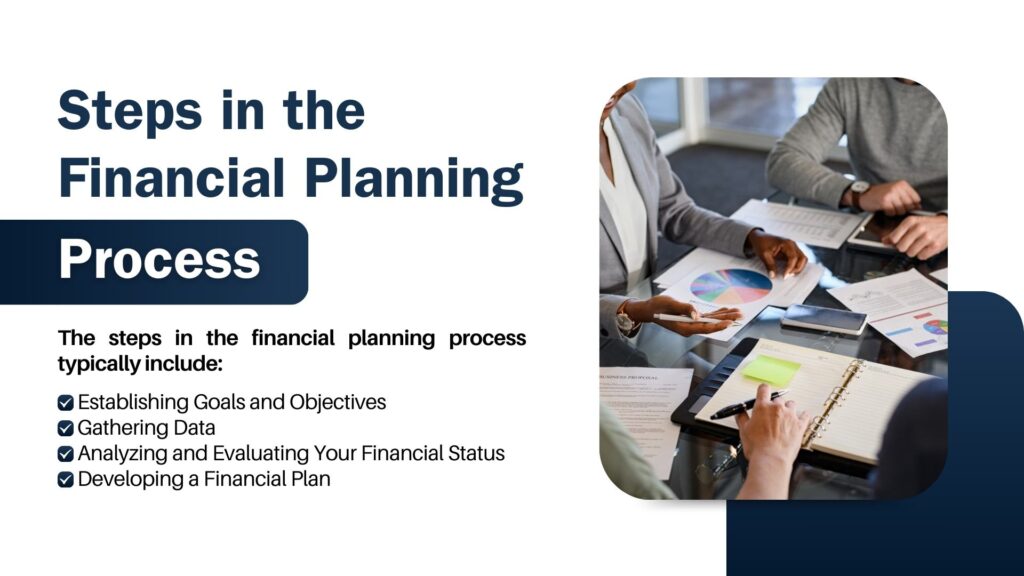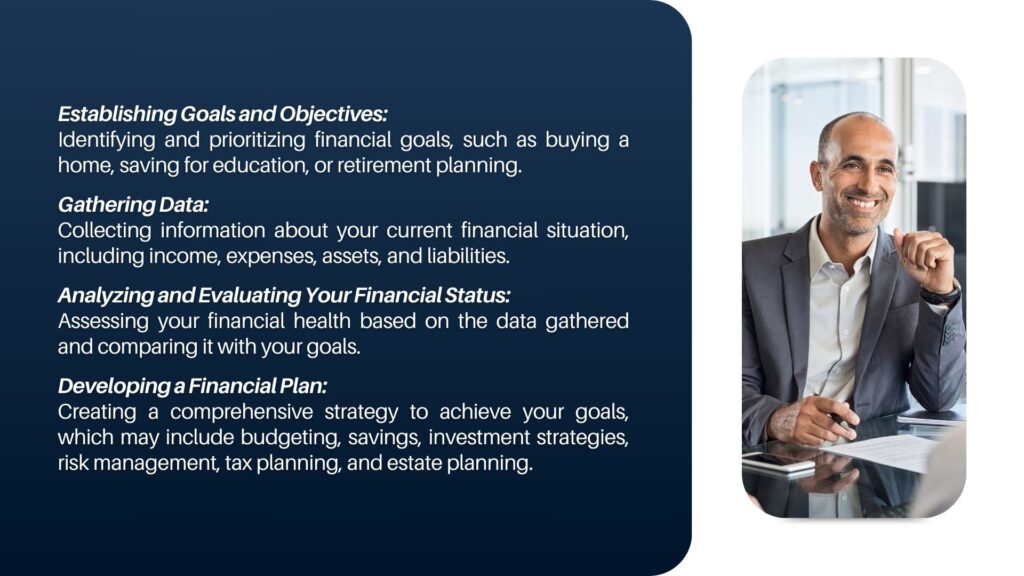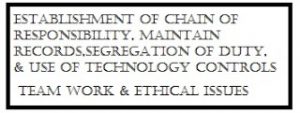How to Write an Executive Summary for a Targeted Financial Plan – Learn how to write an effective executive summary for a targeted financial plan with the help of this article. Improve your skills and become an expert in creating well-crafted executive summaries. This is How to Write an Executive Summary for a Targeted Financial Plan

Therefore, crafting an effective executive summary for a targeted financial plan is a critical skill for any individual or organization seeking to present their financial objectives and strategies concisely and persuasively. An executive summary serves as the gateway to the comprehensive financial plan, offering a brief yet compelling overview that entices readers to delve deeper into the details. Whether it is intended for potential investors, key stakeholders, or internal decision-makers, a well-crafted executive summary must succinctly communicate the plan’s core elements while highlighting its unique value proposition.
In this guide, we will explore the key steps and essential components required to create an impactful executive summary that captures the essence of a targeted financial plan positioning it for success in today’s dynamic economic landscape. Again, this is How to Write an Executive Summary for a Targeted Financial Plan
What is a Targeted Financial Plan?
Table of Contents
A targeted financial plan is a strategic and customized approach to managing an individual’s or organization’s finances to achieve specific financial goals and objectives. Unlike a generic financial plan, which may provide a broad overview of general financial strategies, a targeted financial plan is tailored to address the unique circumstances, needs, and aspirations of the entity involved.

As you can see, the process of creating a targeted financial plan involves a comprehensive assessment of the current financial situation, including income, expenses, assets, liabilities, and risk tolerance. So, based on this assessment, specific financial objectives are identified, such as retirement planning, wealth accumulation, debt reduction, tax optimization, or funding a particular project or initiative.
Once the goals are clearly defined, the plan outlines actionable steps, investment strategies, and financial instruments to be employed, all aligned with the individual’s or organization’s risk tolerance, time horizon, and financial capacity. The plan may also consider factors like market conditions, economic trends, and regulatory changes that could impact the attainment of the financial objectives.
The targeted financial plan serves as a roadmap, guiding financial decisions and actions over time, and is subject to periodic review and adjustments as circumstances change. By focusing on specific goals and tailoring the strategies accordingly, a targeted financial plan enhances the chances of success and maximizes the potential for growth and security. This is How to Write an Executive Summary for a Targeted Financial Plan
Why Read This Article: How to Write an Executive Summary for a Targeted Financial Plan
What will readers gain from reading: How to Write an Executive Summary for a Targeted Financial Plan
Readers of this article “How to Write an Executive Summary for a Targeted Financial Plan” will gain valuable insights and practical guidance on crafting a compelling executive summary for a targeted financial plan. The article provides a step-by-step approach to help readers understand the key components and best practices involved in creating an impactful executive summary that aligns with their specific financial goals and objectives.

The readers will learn:
The importance of an executive summary:
The article emphasizes why an executive summary is crucial in the context of a targeted financial plan and how it serves as a powerful tool to engage potential investors, stakeholders, or decision-makers.
Identifying the target audience:
Readers will understand the significance of knowing their audience to tailor the executive summary’s content and tone accordingly.
Essential components:
The article outlines the fundamental elements that should be included in the executive summary, such as the financial objectives, strategies, key performance indicators (KPIs), and unique selling propositions (USPs).
Concise communication:
Readers will gain tips on how to convey complex financial information in a clear, concise, and persuasive manner, avoiding jargon and unnecessary details.
Showcasing value proposition:
The article will guide readers on how to highlight the plan’s distinct value proposition and competitive advantage, demonstrating why it stands out from generic financial plans.
Formatting and presentation:
Practical advice on structuring the executive summary and presenting it in a visually appealing manner will be provided to capture readers’ attention.
Real-life examples:
The article incorporates relevant examples or case studies to illustrate effective executive summaries for targeted financial plans.
By the end of the reading, How to Write an Executive Summary for a Targeted Financial Plan the readers will feel equipped and empowered to create a compelling executive summary that showcases their financial plan in a way that attracts interest, garners support, and sets them on the path to achieving their financial objectives successfully.

How to Write an Executive Summary for a Targeted Financial Plan:
Writing an executive summary for a targeted financial plan requires a thoughtful and strategic approach to effectively communicate the core elements of the plan concisely and compellingly.
Follow these steps to craft a powerful executive summary:
Understand Your Audience:
Before you begin writing, identify your target audience. Tailor the language and content to suit their level of financial expertise and specific interests.
Start with a Strong Introduction:
Begin the executive summary with a captivating introduction that highlights the purpose of the financial plan and the main goals it aims to achieve.
Clearly Define Financial Objectives:
State the specific financial objectives of the plan in clear and measurable terms. These could include financial growth targets, risk management goals, or any other relevant objectives.
Outline the Strategies:
You have to concisely describe the key strategies and tactics that will be employed to reach the financial goals. Highlight the uniqueness and effectiveness of these strategies.
Showcase the Value Proposition:
It’s time now to emphasize the plan’s value proposition and how it addresses the individual’s or organization’s unique financial needs and challenges. Explain how it stands out from generic financial plans.
Briefly Describe the Methodology:
So, provide a high-level overview of the methodology used to develop the financial plan. This could include information about the data analysis, risk assessment, and forecasting techniques employed.
Include Key Performance Indicators (KPIs):
Mention the KPIs or metrics that will be used to track the plan’s progress and success. This demonstrates a focus on measurable outcomes.
Address Risk Management:
Now, briefly discuss the risk management strategies incorporated into the plan to address potential challenges and uncertainties.
Summarize Financial Projections:
This is where you offer a condensed version of the financial projections, including expected revenue, expenses, and profitability. Highlight any significant milestones.
Keep it Concise:
Remember that an executive summary should be a succinct overview, typically not exceeding one to two pages. Avoid unnecessary jargon or excessive technical details.
End with a Compelling Conclusion:
Conclude the executive summary with a strong call to action or a summary of the key takeaways you want the reader to remember.
Revise and Edit:
Review the executive summary for clarity, coherence, and accuracy. Edit as needed to ensure a polished and professional final document.
Seek Feedback:
If possible, have someone else review your executive summary to provide feedback and suggestions for improvement.
As you can see, by following these steps, you can create an impactful executive summary that effectively communicates the essence of your targeted financial plan, enticing readers to explore the full plan in detail. In fact, this is How to Write an Executive Summary for a Targeted Financial Plan

Read More:
- Free Business Plan for CNG Transportation and Delivery Company in Lokoja
- Renew Your 2025 Business Compliance Certificates Now
- Attractive Startup Plans For CNG Fleet Conversions Business In Nigeria
- Approved CNG Conversion Services Business Plan Now
- Authentic Business Plan For CNG System Installation And Maintenance Company In Owerri
- Complete Business Plan for a CNG Equipment Supplies Company
- Discovering the Benefits of CNG Fuel Delivery Services
- Other cooking gas business plans
- Approved Business Plan for CNG Conversion Plants In Nigeria
Get Help Here on How to Write an Executive Summary for a Targeted Financial Plan :
Here’s a helpful guide on how Complete Full Marks Consultants Ltd can help you write an executive summary for a targeted financial plan, especially if you’re trying to impress investors, secure funding, or lay a strong foundation for your business operations:
How Complete Full Marks Consultants Ltd Will Help You: Writing an Executive Summary for a Targeted Financial Plan
When you’re putting together a financial plan—whether it’s for a startup loan, investor pitch, or strategic business growth—the executive summary is your first impression. It’s a powerful snapshot that sets the tone for your entire document. At Complete Full Marks Consultants Ltd, we specialize in crafting focused, compelling executive summaries that align perfectly with your goals and target audience.
1. Understanding Your Business Objectives
We start by discussing your vision, industry, and specific financial goals. Whether you’re aiming for expansion, launching a new product line, or seeking funding for a new venture, we identify your target and tailor the summary accordingly.
Example: If you’re targeting an N150,000 loan to scale your home care business, your executive summary will highlight the market demand, scalability, and expected returns in clear, persuasive terms.
2. Highlighting the Essentials
Your executive summary will include:
- Business Overview: Who you are and what you do.
- Target Market: Who your financial plan is aimed at.
- Financial Needs: How much funding is required and why?
- Use of Funds: Clear breakdown of how the money will be spent.
- Revenue Projections: What the investor/lender can expect in return.
- Competitive Advantage: Why your business stands out.
We keep it concise, impactful, and relevant—usually within 1–2 pages.
3. Customizing for Your Audience
Not all financial plans are the same—and neither are the people who read them. We tailor your executive summary to resonate with:
- Banks and financial institutions (risk, security, and repayment capacity)
- Private investors or venture capitalists (growth, returns, and exit strategy)
- Grants or nonprofit funders (impact, sustainability, and accountability)
4. Backed by Professional Financial Projections
Complete Full Marks Consultants Ltd will also support your executive summary with:
- 3–5 years of financial projections (income statements, cash flow, balance sheet)
- Break-even analysis and ROI expectations
- Graphs, visuals, and charts if necessary to make the numbers easily digestible
5. Consistency with the Full Financial Plan
We ensure the executive summary aligns seamlessly with the rest of your document—making it easier for reviewers to follow and trust your plan.
Finally on How to Write an Executive Summary for a Targeted Financial Plan
Your executive summary isn’t just a formality—it’s your pitch. So, Let Complete Full Marks Consultants Ltd help you write one that gets the job done. With our experience in business development, proposal writing, and strategic planning, your financial plan will not only look professional—it will inspire confidence and action.
summing Up: How to Write an Executive Summary for a Targeted Financial Plan
In conclusion, mastering the art of crafting an executive summary for a targeted financial plan is a skill that can significantly influence the success of your financial endeavors. A well-written executive summary serves as the gateway to garnering interest and support from potential investors, stakeholders, or decision-makers. By clearly articulating your financial objectives, showcasing the unique value proposition, and presenting a strategic roadmap to success, you can make a lasting impression that encourages further exploration of your comprehensive financial plan. That is How to Write an Executive Summary for a Targeted Financial Plan
Remember, a concise and persuasive executive summary can be the key to unlocking opportunities and achieving your financial goals in today’s dynamic and competitive landscape. So, put these insights into practice, revise diligently, and confidently present your targeted financial plan with an executive summary that captivates and convinces its readers, paving the way for financial prosperity and security. Thanks for reading through How to Write an Executive Summary for a Targeted Financial Plan Contact us at 234 8034347851 or cfmclimited@gmail.com

Deacon Anekperechi Nworgu, a seasoned economist who transitioned into a chartered accountant, auditor, tax practitioner, and business consultant, brings with him a wealth of industry expertise spanning over 37 years.



